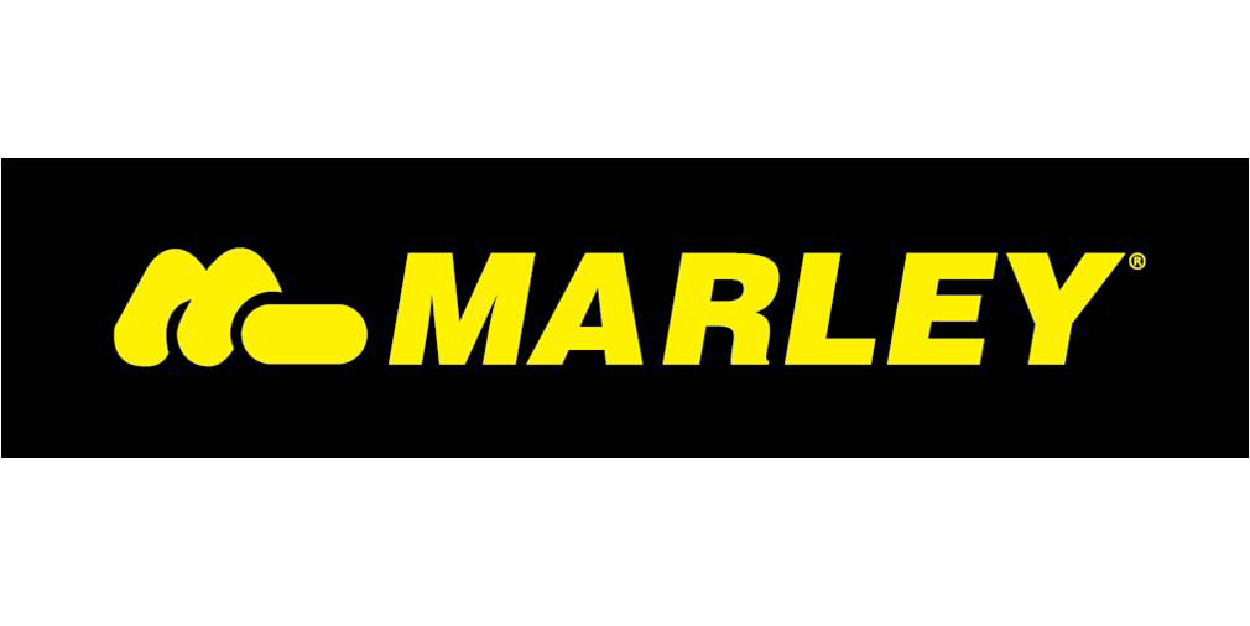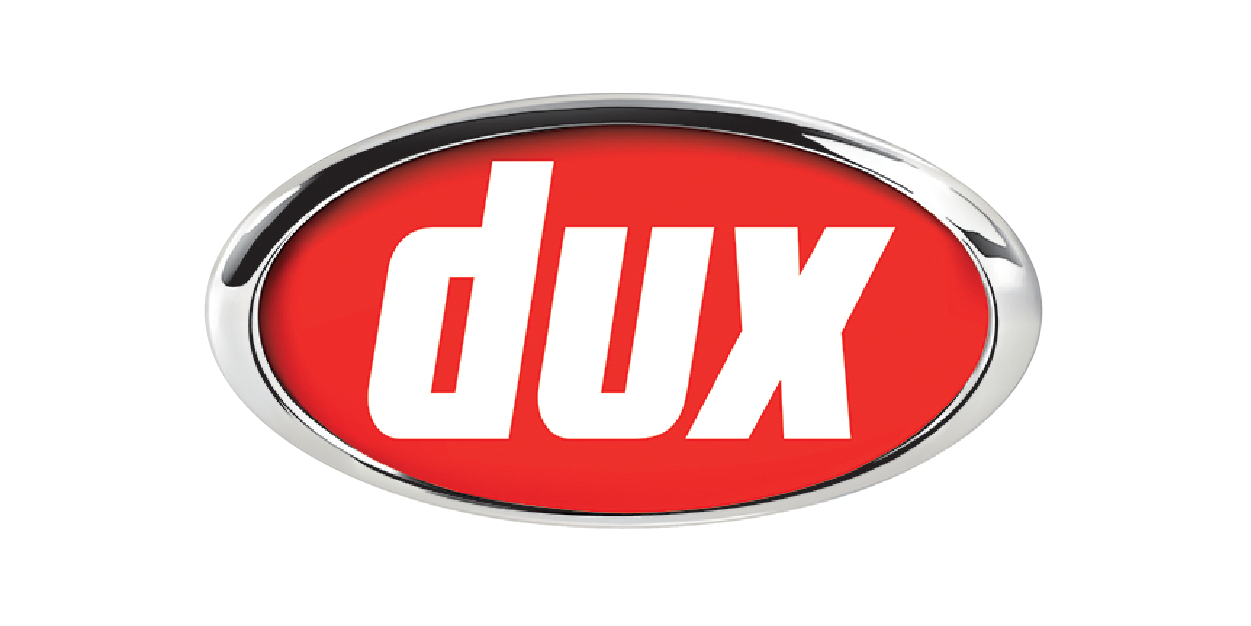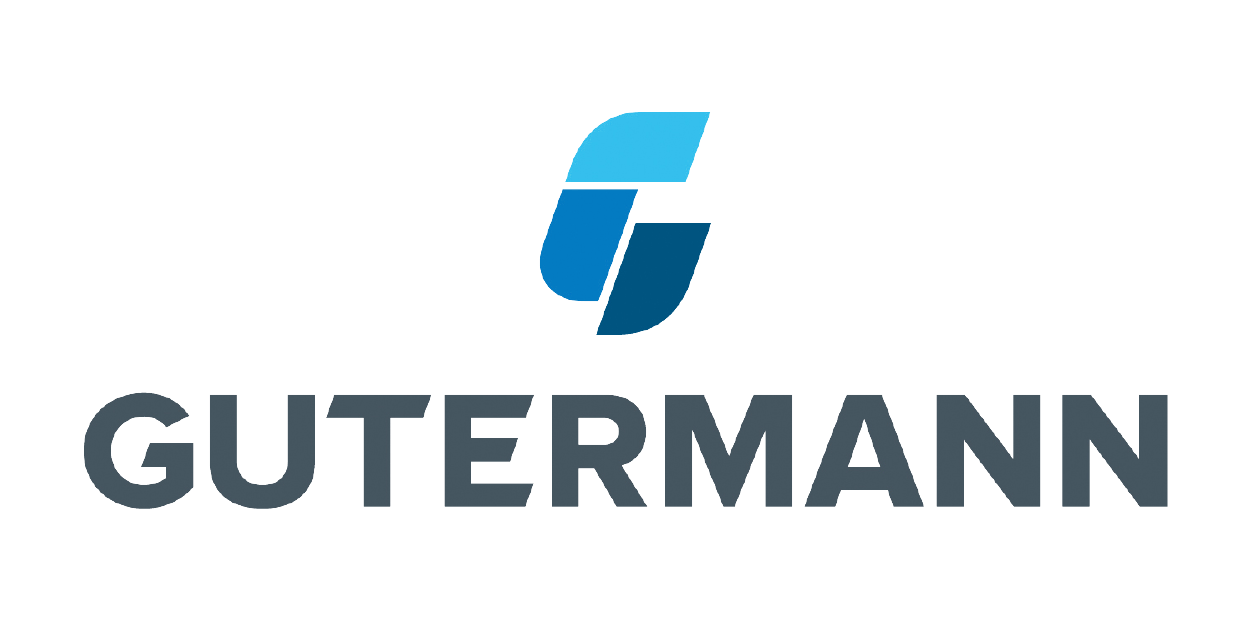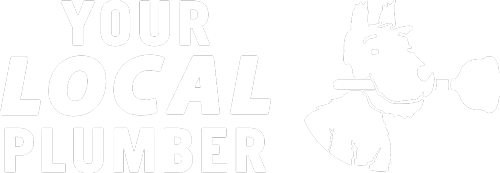Water leaks in commercial and industrial settings can have serious implications. Apart from wasting water and increasing utility bills, they can also cause damage to valuable equipment and infrastructure, disrupt operations, and in some cases, pose safety risks. Hence, effective and efficient leak detection techniques are essential in these settings. From large buildings and manufacturing plants to water treatment facilities and storage tanks, a multitude of techniques and technologies are employed to ensure that any leakage is promptly identified and rectified.
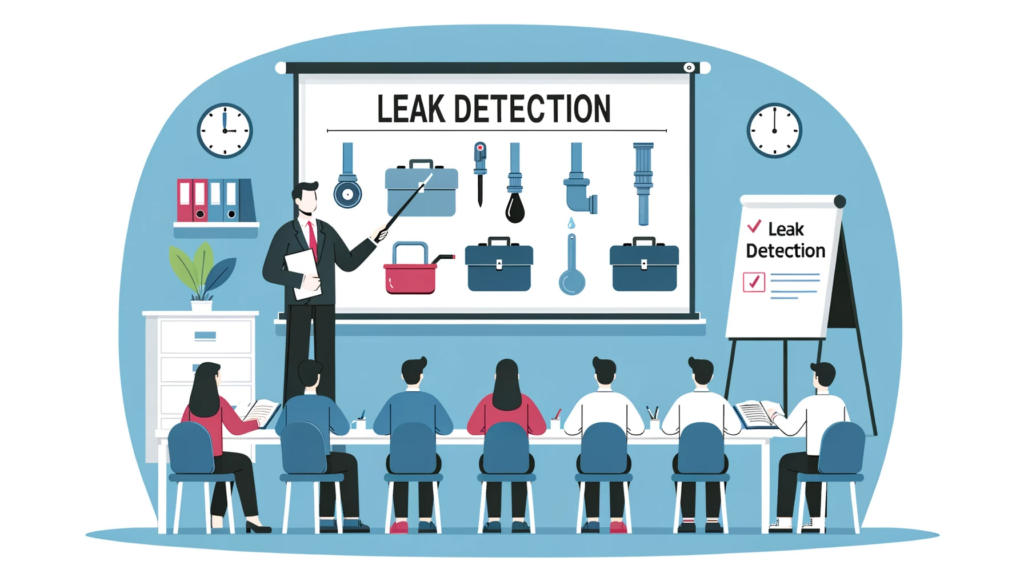
Call Today 09 973 4973 or
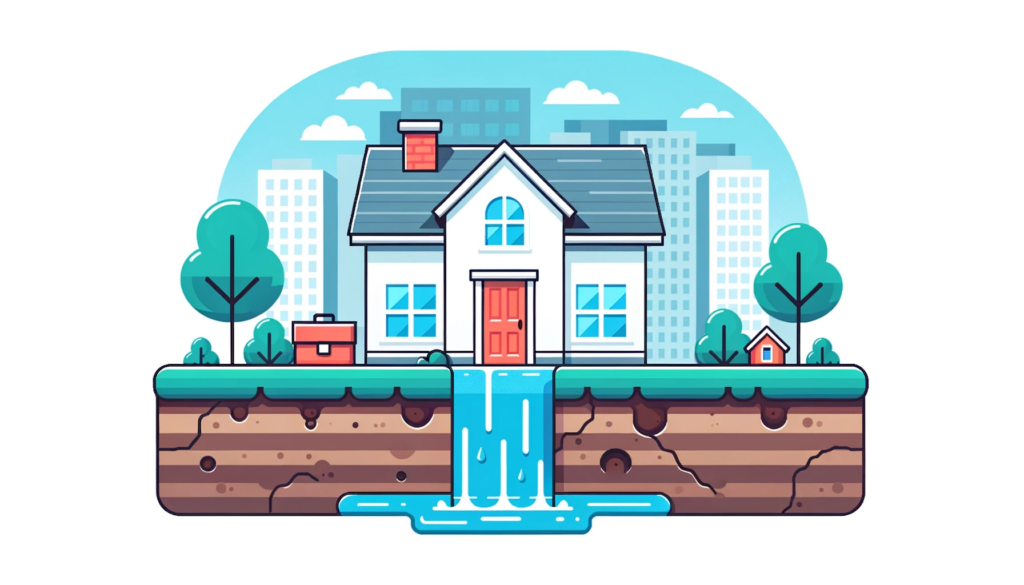
Leak Detection for Large Buildings and Facilities
Large buildings and facilities such as offices, hospitals, malls, and schools need efficient leak detection systems to prevent water wastage and minimise the risk of structural damage. Leak detection in such settings involves inspecting the plumbing systems, identifying potential sources of leaks, and using appropriate detection technologies.

Leak Detection in Manufacturing Plants
Leaks in manufacturing plants not only waste water but can also disrupt production lines, leading to significant financial losses. Leaks can occur in numerous locations including production equipment, storage tanks, and pipelines. Detecting and fixing leaks promptly is crucial to ensure smooth operation.
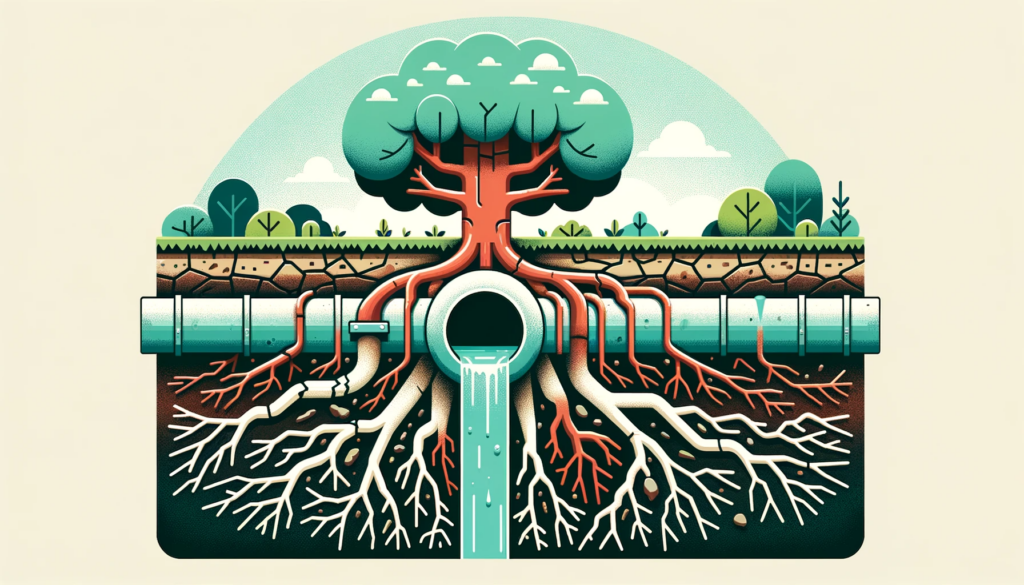
Leak Detection for Water Treatment Plants
Water treatment plants, due to their nature of operation, have a high potential for water leaks. Leak detection here is not just about water conservation but also ensuring the efficient operation of the plant and maintaining the quality of treated water.

Leak Detection in Cooling Systems
Cooling systems such as chillers and air conditioners can develop leaks, which can lead to loss of cooling efficiency, higher energy consumption, and potential damage to the system itself. Leak detection in cooling systems typically involves checking for refrigerant leaks using various techniques.

Steam Trap Leak Detection
Steam traps are a critical component of industrial heating systems. If a steam trap leaks or fails, it can lead to significant energy wastage. Therefore, regular inspection and testing of steam traps are vital.

Compressed Air Leak Detection
Compressed air systems are commonly used in industrial settings, and leaks in these systems can lead to substantial energy losses. Detecting air leaks requires specialised methods and equipment.
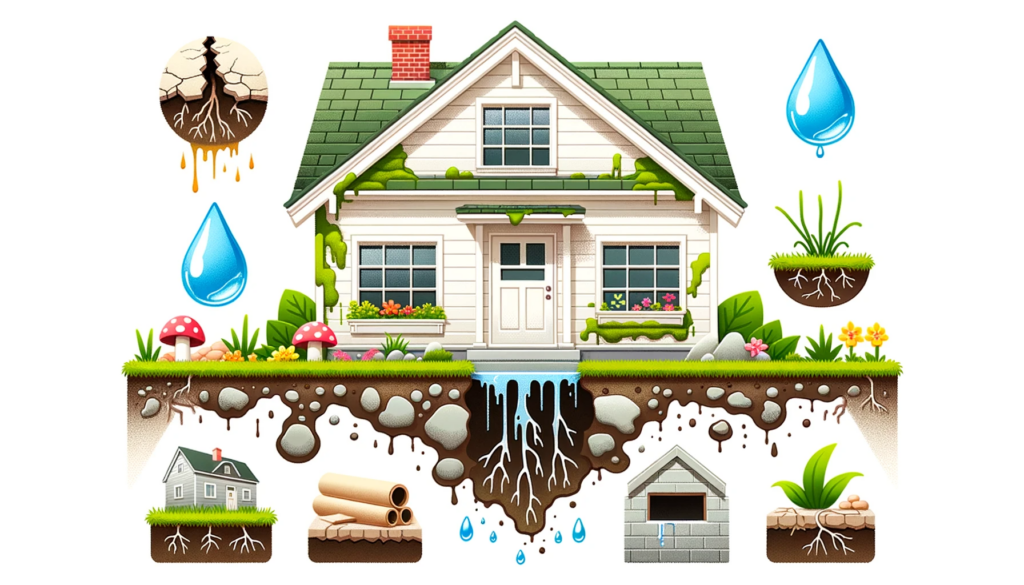
Leak Detection in Pipelines
Pipelines, whether for carrying water, oil, gas, or industrial fluids, are prone to leaks. Leak detection in pipelines involves various technologies, depending on the type and size of the pipeline and the fluid it carries.

Leak Detection for Storage Tanks
Storage tanks, be it for water, oil, chemicals, or other fluids, can leak due to various reasons. Leak detection for storage tanks is crucial to prevent loss of stored materials, contamination of surrounding areas, and potential safety hazards.
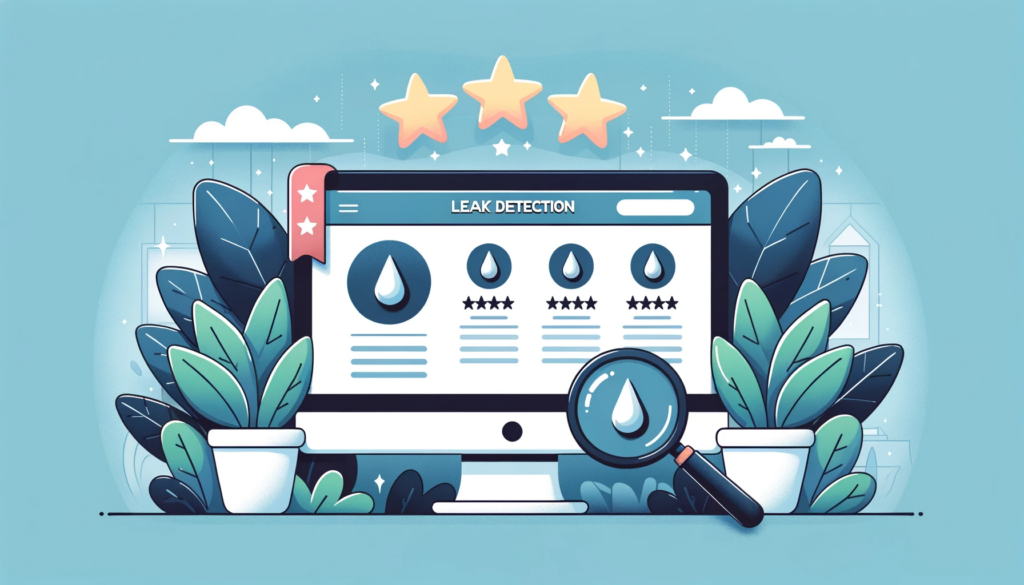
HVAC System Leak Detection
Heating, Ventilation, and Air Conditioning (HVAC) systems can develop leaks, leading to a loss of heating or cooling efficiency and higher energy bills. Detection of leaks in HVAC systems involves checking the refrigerant levels and inspecting the system components.

Leak Detection in Fire Suppression Systems
Fire suppression systems are a vital safety component in commercial and industrial settings. Leaks in these systems can compromise their effectiveness during emergencies. Regular inspection and maintenance are crucial for ensuring their proper functioning.
Suppliers
